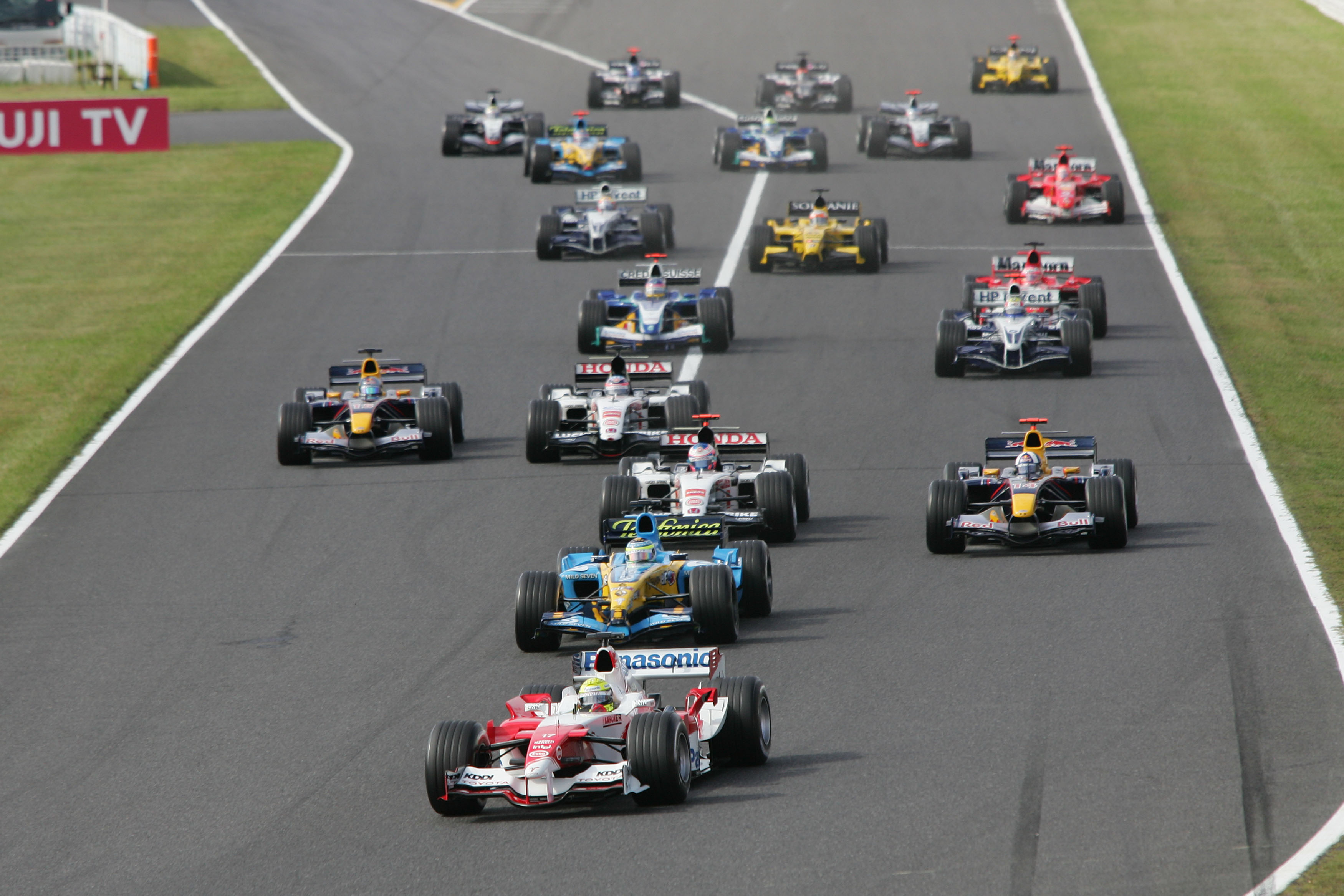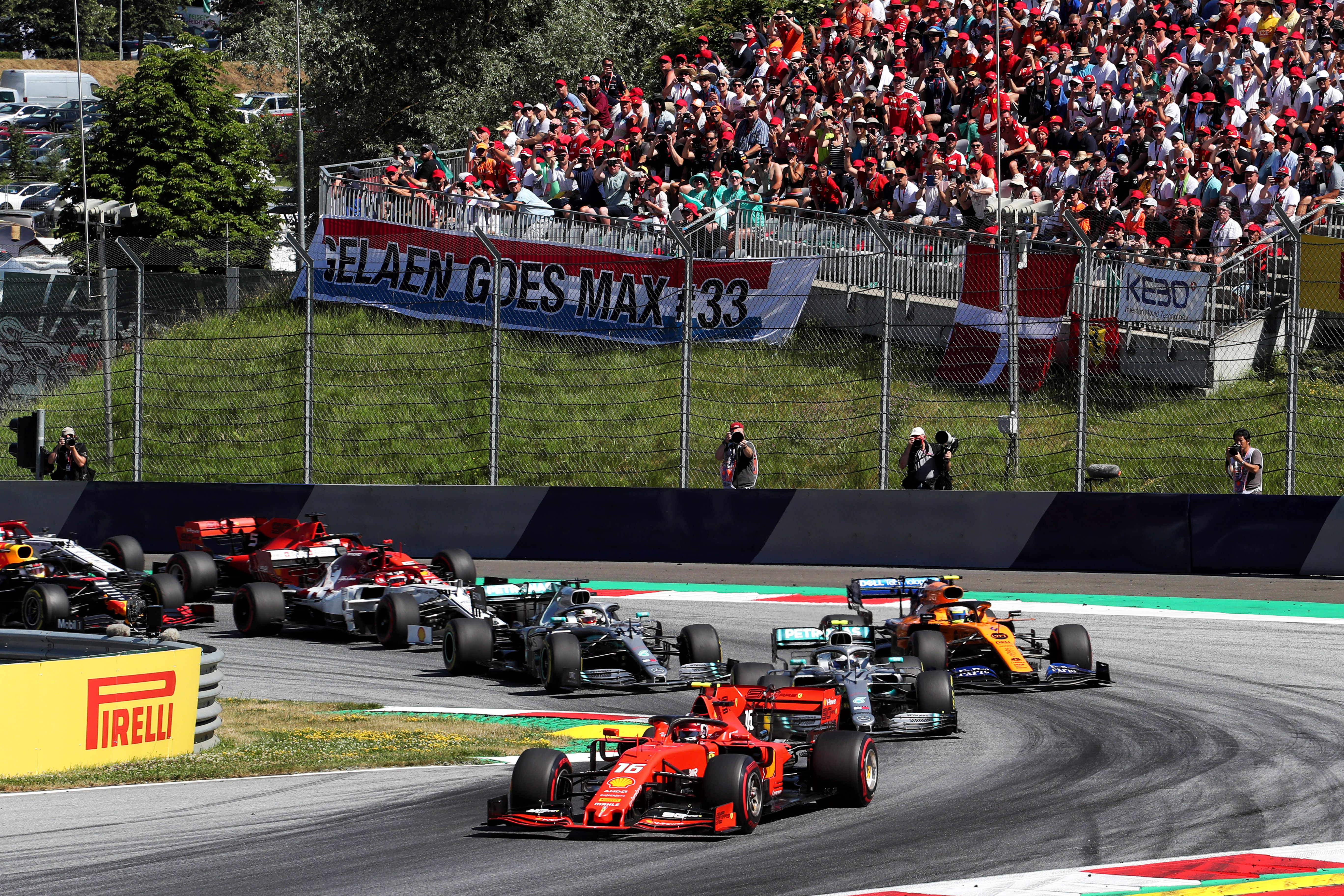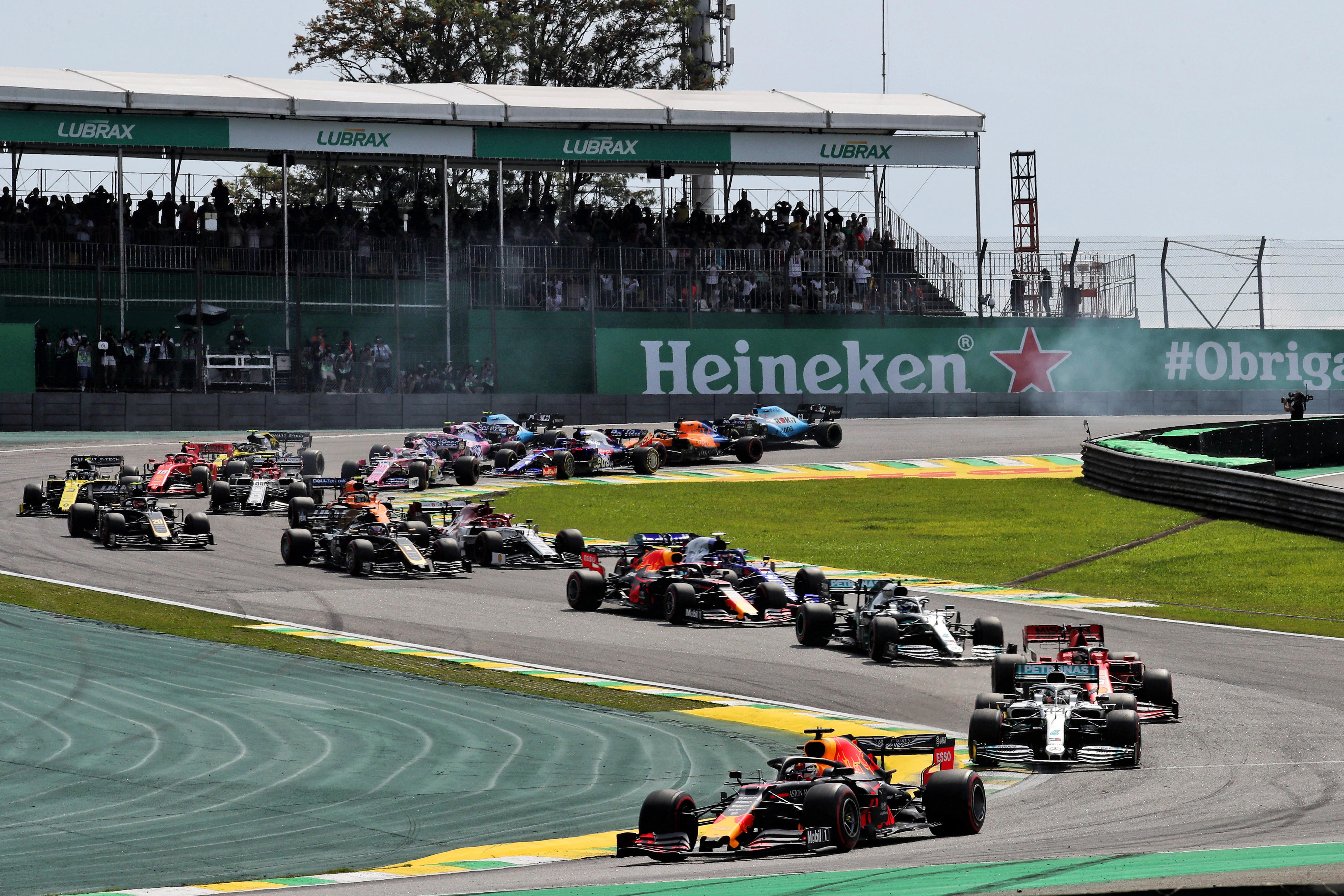Up Next

The people have spoken. Well, a good chunk of our YouTube community has at least. At the last count a whopping 30,000 had responded to our vote about… gulp …reverse grid races in Formula 1.
We don’t need to revisit the entire back story. Mercedes has blocked reversed grids for now, but the idea isn’t going away. In fact, it looks like it could be inevitable for 2021.
So we asked a simple question: What’s your view on the specific idea to TRY a reversed grid sprint race – based on championship order – that takes place on the Saturday, with the results of that race setting the grid for the Grand Prix on Sunday?
The available answers were: ‘Fully support it’, ‘I need convincing’, ‘Against it’ and ‘Other – reply in the comments’. That last one picked up 1% of the vote but helped trigger more than 600 comments.
Here’s the interesting thing. Of the 30,000-odd votes, 39% were in favour of trying reverse grids. Only 31% were against it. And 29% needed convincing.

Whereas Mercedes boss Toto Wolff cited a poll in which a very small percentage of people were in favour of reverse grids (a poll F1 sporting chief Ross Brawn said he couldn’t find…), our poll will probably be music to F1’s ears.
This could be interpreted as nearly one-in-three fans being completely against the idea, which is fair. But our cup’s half-full – actually, make that 68% full.
Because it’s not just the fact that 39% of our poll want to see reverse grids that make it worthwhile experimenting. It’s the fact that 68%, more than two-thirds, are not against it.
The definition of an experiment is to test a hypothesis. So trialling reverse grids is the best way to convince those who are on the fence. And those who voted in favour did so knowing full well that all a reverse-grid race might demonstrate is that… well, the traditionalists were right! And it doesn’t work.

At least we’d know. The debate would move away from being a hypothetical argument and be rooted in real case studies. Not just a slightly fortunate one-off like the 2005 Japanese Grand Prix, which is often held up as the gold standard example of what reverse-grid F1 could be, but isn’t what F1 is proposing.
If F1 never tries it, F1 will never know. A percentage of the fanbase – whether it’s 31% like in our poll, a much bigger percent like in the poll Wolff referenced, or whatever – will be appeased. But they will not necessarily be right. And the rest of the fanbase will forever wonder why, and forever be condemned to argue about it and cite an increasingly old and out-of-date grand prix as a reason to try it.
If F1 tries, there’s something real to assess. What do those who are against it actually have to lose? Is it that bad if their mind gets changed because it works and the racing’s good?
A lot of fans are against it on the grounds of tradition, but what is tradition other than just a set of fabricated conditions that, over time, have become enshrined as an untouchable way of doing things?

Perhaps another way to look at it is what the upcoming Red Bull Ring and Silverstone double-headers will offer without reverse grids.
We’re testing what happens if you don’t mix up the formats, and that could result in four great races with their own unique narratives, or it could result in two great races with their own unique narratives (one at each venue) with the second part of the double-header being a slightly less interesting version of the first.
And if the second races are identical, or not distinguishable enough, then fans aren’t going to be too happy.
Whatever the outcome, having a reverse-grid race within the format would make some grands prix weekends very different. And it’s so impactful.
Reversing a grid is a single thing you can do that will have a big impact across multiple areas. It will force faster cars to race one another for position further down the order, it will test leading drivers’ patience and skill in overtaking, it will encourage midfield teams to put up more of a fight and it will put different people into very different positions.
Plus, the way F1’s idea works, that wouldn’t be the end of it – the status quo would have a second chance to be restored when it counts on Sunday.

It won’t mean every race will be Suzuka ’05, it won’t mean every race gets won by an undeserving driver in an undeserving car. But there are regular complaints about the quality of racing in F1 and these are often down to the fact that ordering the car from first to last in order of speed is an enormous hurdle to great competition.
Some argue that great competition is already what F1 is striving to achieve ‘naturally’ in 2022, but let’s be honest, telling teams how much they can spend and what they can spend it on, plus giving worse-performing teams more development time, is pretty artificial. And if we think that’s acceptable for 2022, does that mean that we shouldn’t try to make the 2020 or 2021 season better? Or have something that complements those new rules and makes the new era even greater?
https://twitter.com/neilgmacy/status/1272531256908095489?s=20
Another ‘what if’ to round things off: what if reverse grids had always been a part of F1? Or grids were always drawn by ballot? Or by race number? If that was the case, undisputed, for 70 or 80 years, it would seem utterly ridiculous to condemn F1 to races whereby the fastest car has an advantage at the start?
You might think ‘but that’s not F1’s history, having the grid formed by qualifying is’. Which makes the ‘what if?’ a waste of time. But keeping something just because it’s always been done that way is the enemy of progress. And modern F1 is very, very different to the generations before it, whereby qualifying order was not the same hurdle to good racing as it is today.
There will never be a solution that satisfies everybody. But that can be solutions that work for the majority. Who is to say a reverse-grid qualifying race isn’t one of them?
We could have found out this year. We could yet find out next year. And while many objections being raised against it are fair, they also form part of the fundamental argument why it should least be trialled: at least we’ll know.





